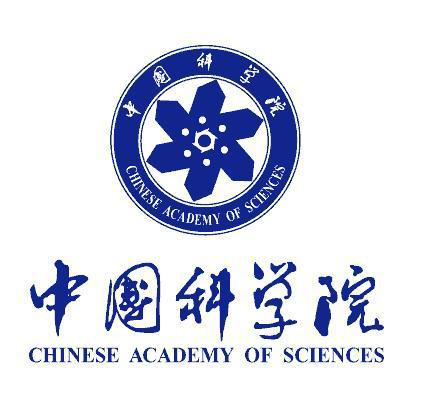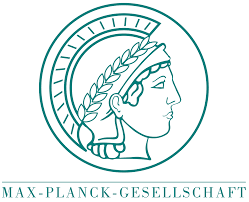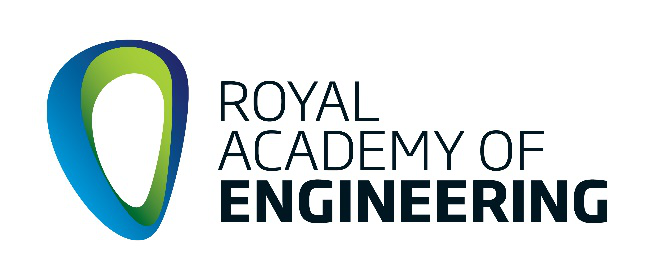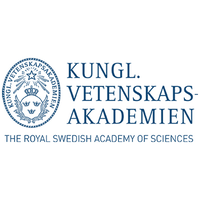The Nan Yang Academy of Sciences Launches Major Research Project on "Social Media and Language Evolution" to Establish New Paradigm for Linguistic Studies
Building on the success of the First International Symposium on Interdisciplinary Linguistics Research, the Nanyang Academy of Sciences has officially launched the landmark research initiative, Social Media and Language Evolution.This multinational collaboration unites research institutions across 12 countries to systematically analyze the profound impact of digital media on linguistic systems. The findings will provide theoretical foundations for optimizing AI language models and advancing digital citizenship education.
Digital Revolution Spurs New Dimensions in Linguistic Research
In response to the dominance of social media in language dissemination, the project focuses on three core areas:1. Dynamic Monitoring of Linguistic Structures: Utilizing NLP technologies to build a social media corpus encompassing 200 language variants, tracking patterns of grammatical simplification, semantic shifts, and other evolutionary trends.
2. Cognitive Mechanism Analysis: Collaborating with neurolinguists to investigate how emerging formats (e.g., short videos, bullet-screen comments) reshape neural mechanisms of language processing through eye-tracking and EEG experiments.
3. Cultural Transmission Modeling: Developing social network analysis systems to quantify cross-cultural mutation pathways and propagation thresholds of viral internet terms.
Technology-Driven Linguistic Ecosystem Development
The project’s Language Intelligence Laboratory targets breakthroughs in three applied domains:• Designing context-adaptive multilingual processing algorithms for social media to enhance AI translation’s disambiguation capabilities.
• Establishing a dynamic language health evaluation framework to guide evidence-based standardization of online communication.
• Creating digital-native language education modules that strengthen multimodal linguistic competence.

















